Dupa plasarea solicitării de comandă, in sectiunea Istoric puteti vedea cate solicitări de comandă mai avem de procesat inaintea dumneavoastra
Program de lucru: Luni - Vineri 9:00 - 18:00, pauza 13:00 - 14:00.
Se efectueaza lucrari de mentenanta la site si pot aparea erori. In cazul in care intampinati erori va rugam sa reincercati mai tarziu.
Ridicarea personala este disponibila pentru comenzile achitate in avans. Se pot ridica dupa ce sunt pregatite.
Niciun produs
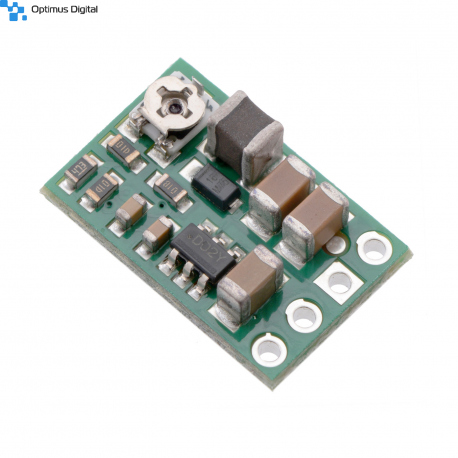 Mărește
Mărește
Sursă de Tensiune Reglabilă Coborâtoare Pololu D36V6AHV (4 - 25 V)
0104110000068651
Produs nou
Sursă de Tensiune Reglabilă Coborâtoare Pololu D36V6AHV (4 - 25 V)
NU ARE PROTECȚIE LA INVERSAREA CONEXIUNILOR DE LA INTRARE!
Acest produs nu mai este in stoc
- Scrie o recenzie
- Elimina acest produs din lista mea de favorite.
- Adauga acest produs la lista mea de favorite.
- Imprimă
Informații
Caracteristici tehnice:
- Tensiunea de intrare: 4 ~ 50V;
- Curentul de ieșire maximă: 600mA;
- Tensiunea de ieșire: 4 ~ 25V;
- Dimensiune: 10.2x15.2x4 mm;
- Greutate 0.6 g.
Recenzii
Clienții care au cumpărat acest produs au mai cumpărat:
-
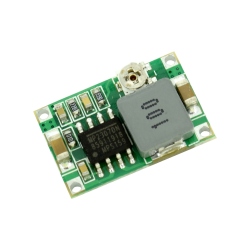
Modul DC-DC...
Sursă de tensiune în comutație, de tip step...
$1.20
-
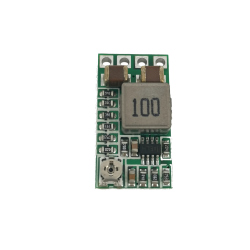
Sursa de...
Această sursă coborâtoare de tensiune se poate...
$2.40
-
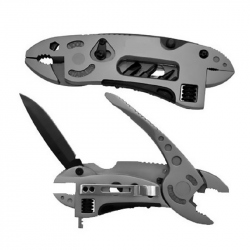
Unealtă...
Unealtă Universală de Buzunar
$12.00
-
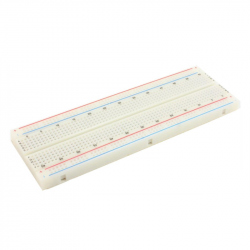
Breadboard...
Breadboard de calitate înalta, cu 830 de puncte.
$2.40
-
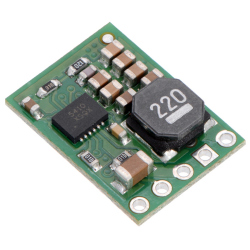
Sursă Pololu...
Sursă Pololu Step-Down D24V10F5 de 5 V, 1 A...
$15.84
-

Cutie din...
Cutie din Plastic cu 8 Compartimente și...
$1.92
-
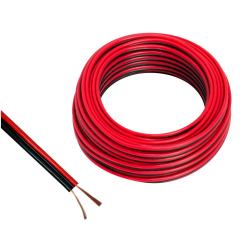
Cablu...
Cablu Difuzor Roșu/Negru 2 x 2.5 mm la Metru...
$0.62
-
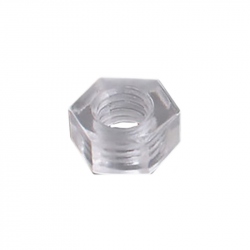
Piuliță din...
Piuliță din Plastic Hexagonală, Transparentă, M3
$0.05
-
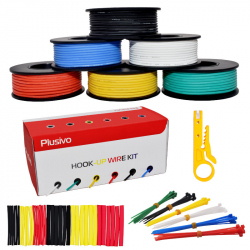
Set de fire...
Kit de Cabluri 24AWG Multifilare: Kitul include...
$12.00
-
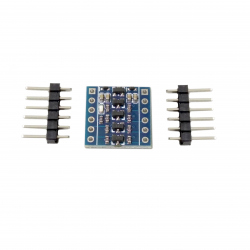
Translator...
Traductor bidirecțional pe două niveluri, cu...
$1.08



